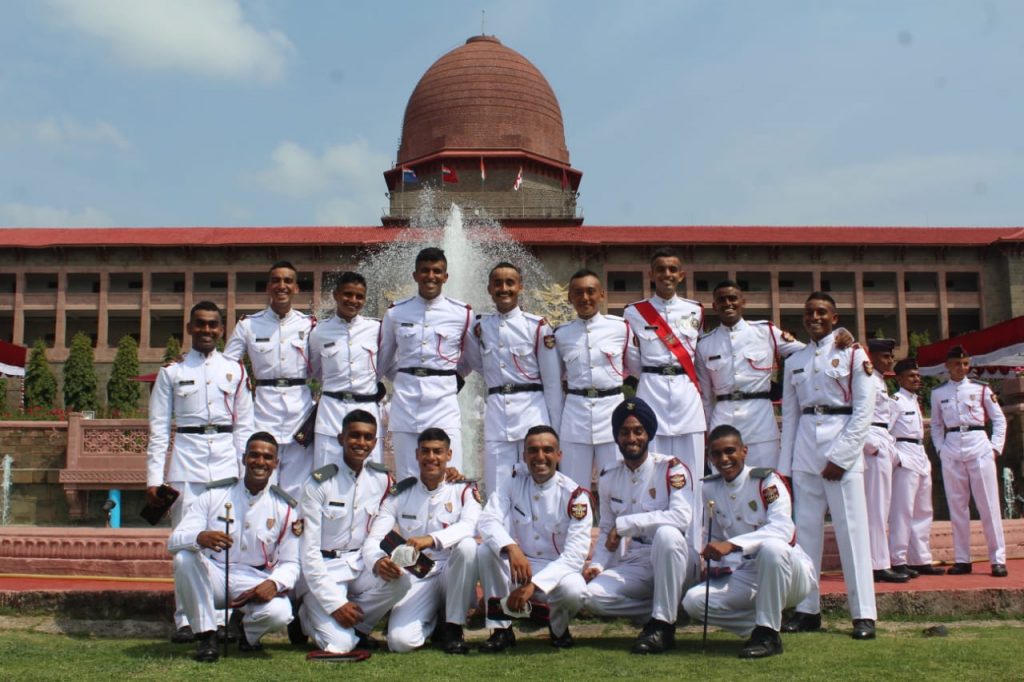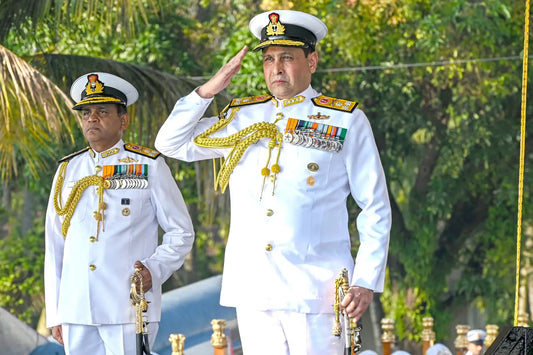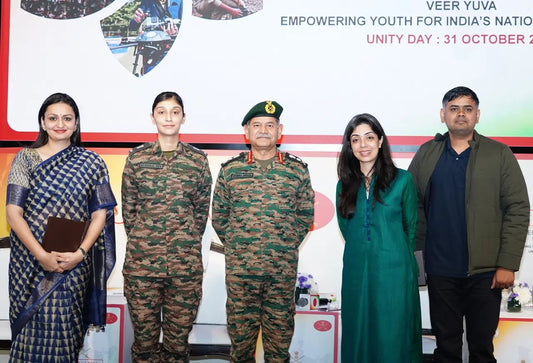Comprehensive Guide to Joining India's National Defence Academy: Eligibility, Process, and Preparation

For many young Indians, joining the National Defence Academy (NDA) signifies a prestigious opportunity to serve in the nation's Armed Forces. As the initial stage towards becoming a commissioned officer in the Indian Army, Navy, or Air Force, the NDA admission process evaluates knowledge, leadership potential, character, and physical fitness. This article delves into the journey of joining the NDA, highlighting eligibility, application, selection processes, and the transformative nature of this pathway.
Historical Context
Established on December 7, 1954, in Khadakwasla, Pune, Maharashtra, the National Defence Academy was the world's first tri-service academy. It aimed to train young cadets in a joint environment, fostering a unified defense force post-India's independence. Over the years, the NDA has shaped India's military leadership, promoting camaraderie among the armed forces' three branches. Adapting to changing military strategies, the NDA's rigorous training and educational system, which emphasizes leadership and teamwork, have produced notable military leaders. Today, the NDA remains central to India's defense strategy, preparing officers for diverse operational scenarios.
Understanding Eligibility Criteria
Candidates aiming to join the NDA must meet specific eligibility requirements.
Age
Applicants should be aged between 16.5 and 19.5 years at the start of the course, allowing them to develop into future leaders during a formative life stage.
Educational Qualifications
The NDA's different wings have specific educational requirements:
- Army Wing: Completion or upcoming completion of 12th-grade exams from a recognized board is necessary.
- Air Force and Naval Wings: Candidates must have passed or be appearing for their 12th-grade exams with Physics and Mathematics.
Nationality
Eligibility is primarily for Indian citizens, with limited opportunities for subjects from neighboring countries under certain conditions.
Marital Status
Only unmarried male candidates qualify, emphasizing the academy's focus on developing young cadets for demanding military roles.
Application Procedure
The NDA application process is designed for accessibility.
- Online Application: Candidates apply via the UPSC website, completing a one-time registration vital for future UPSC exams.
- Filling the Application Form: Applicants provide detailed personal and educational information and can choose preferred exam centers.
- Document Submission: Scanned photographs and signatures must be uploaded.
- Application Fee: General and OBC candidates pay ₹100, while SC/ST candidates are exempted, reflecting UPSC's inclusionary approach.
- Submission Confirmation: Registrants receive a registration number for tracking application status and future references.
Selection Process Stages
The NDA's selection process is stringent, focusing on candidates' knowledge and qualities suited for future officers.
Written Examination
Held biannually by UPSC, the exam includes two papers:
- Mathematics (300 marks): Topics include algebra, trigonometry, and geometry, assessing problem-solving abilities and mathematical understanding.
- General Ability Test (600 marks): Covers subjects like English, Physics, Chemistry, General Science, History, Geography, and Current Affairs, evaluating knowledge and analytical skills relevant to a military setting.
Each paper lasts 2.5 hours, emphasizing time management, crucial for future officers.
SSB Interview
Successful candidates proceed to the Service Selection Board (SSB) interview, a five-day evaluation:
- Stage I: Involves the Officer Intelligence Rating (OIR) test and the Picture Perception & Description Test (PPDT), assessing analytical and creative problem-solving skills.
- Stage II: Includes Group Testing Officer (GTO) tasks, psychological assessments, and individual interviews, focusing on leadership, physical endurance, and military-life compatibility.
Medical Examination
Shortlisted candidates undergo a thorough medical examination to ensure they meet military physical standards, including eyesight, health, and fitness.
Final Merit List
The final merit list combines written exam and SSB interview scores, ranking candidates based on performance and available vacancies.
Preparing for the NDA Examination
Aspiring candidates must prepare extensively:
- Study Material: Utilizing tailored books, online courses, webinars, and video tutorials offers structured guidance. Resources like SSBCrack and SSBCrackExams provide quality material aligned with the NDA syllabus.
- Mock Tests: Regular practice exams help assess readiness and identify focus areas.
- Physical Fitness: Regular cardio, strength, and endurance training prepares candidates for SSB's physical assessments.
- Group Discussions and Personality Development: Engaging in discussions and workshops enhances communication and confidence for interviews.
Real-World Applications: Success Stories
Numerous NDA graduates have achieved success, underscoring the importance of preparation and determination. For instance, Lieut. General (Retd.) KD Sinha, an NDA alumnus, exemplifies the potential career paths, with his rigorous training at NDA leading to a distinguished career and significant contributions in the Indian Army.
Statistical Data and Research Insights
NDA cadets show a high success rate, with approximately 90% of graduates joining the Indian Military. Since its inception, the NDA has produced around 30,000 officers for India's Armed Forces, highlighting its critical role in national defense. Additionally, NDA-trained officers have excelled by global military standards, reflecting the academy’s excellence in education and training.
Challenges and Solutions
The journey to joining NDA involves challenges such as fierce competition and the demanding written and physical evaluations.
- Challenge of Academic Preparedness: Candidates often struggle with foundational subjects like Mathematics and General Science. Solution: Engaging with the NDA syllabus early through structured study plans and remedial classes can address knowledge gaps.
- Physical Endurance Requirements: Meeting fitness standards can be daunting for those used to sedentary lifestyles. Solution: Starting a structured exercise routine well in advance, including aerobic, strength, and military-style training, can boost fitness levels.
- Psychological Pressure: The selection process can be mentally taxing. Solution: Building a support network and engaging in stress-relief techniques like meditation and yoga can provide emotional resilience.
Future Trends and Predictions
With technological advancements, NDA training will likely evolve, incorporating cyber warfare, drone operations, and artificial intelligence in military strategies. The growing complexity of global security challenges will increase the demand for strategically trained officers. The NDA curriculum may integrate multidisciplinary approaches, offering cadets broader perspectives and skill sets.
Conclusion
Joining the National Defence Academy is a commitment to embodying values, discipline, and leadership crucial for national service. The challenging yet rewarding path of applying to NDA, culminating in rigorous training, shapes individuals into exemplary officers. Aspirants must remain dedicated, engaging with study material, consistent physical training, and a positive mindset to enhance their success chances. The NDA stands as a symbol of service, sacrifice, and commitment to the nation, inviting India's youth to embrace a legacy of valor and honor. Aspiring candidates should embrace the challenge, seek guidance, and take the first step towards a fulfilling military career.



















